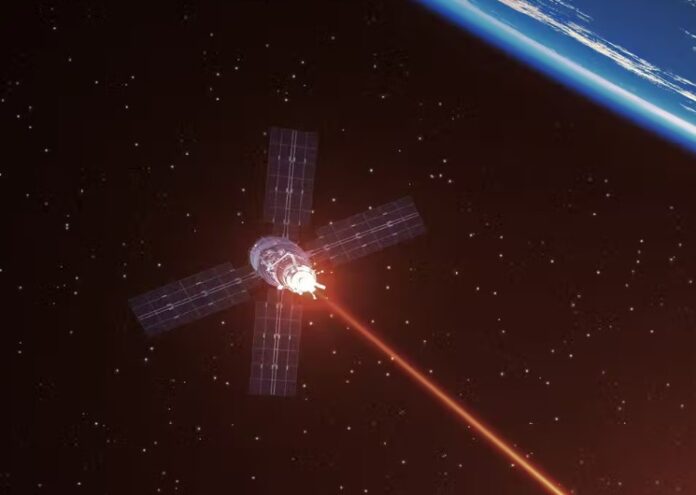In Part One in this two-part series looking at solar energy delivered from space, we looked at the challenges of building large solar power plants located in geosynchronous orbit capable of meeting the energy demands of those of us living on the planet. China, the United Kingdom and the United States have all proposed projects with this in mind. How far along they are is not clear. The UK however, has a small budget in place to begin working through the design and logistical challenges.
As I previously stated, a solar panel here on Earth that converts 20 to 30% of sunlight into electricity represents the state-of-the-art. That panel in space would be thirteen times more efficient.
In looking at how we can harvest solar energy in space and deliver it to Earth-based receiving stations for transmission through local or national grids, several alternatives to kilometres-square arrays have been proposed.
One borrows from the current strategy SpaceX is using to deploy a telecommunications network using a constellation of orbiting satellites to provide global coverage for data, images and voice transmissions. The Starlink network uses low-Earth orbiting satellites that provide high-bandwidth, high-speed telecommunications for those who install a receiver and subscribe to the service. Currently, there are more than 2,300 Starlink satellites with plans to grow the constellation to between 12 and 30,000 more. They orbit at altitudes between 345 and 570 kilometres (215 to 340 miles). They are interconnected so that a call or transmission gets handed off with little disruption in what is referred to in industry vernacular as low latency. This interconnectedness is a characteristic of mesh networks.
And what can work for telecommunications could conceivably also work for the transmission of solar energy to our planet’s surface. The size of the constellation of satellites would have to be on a similar scale to Starlink to ensure that despite as many as half of the constellation being in Earth’s shadow at all times, there would always be a sufficient amount of energy being collected and fed to receiving stations on the surface. The method of energy transmission to the planet would be microwave but the satellite constellation would be interconnected using lasers.
A prototype or pilot test of this concept is far easier and cheaper to do than the proposed UK demonstrator described in Part One in this series. Build a few or one and a few receiving stations on Earth to test and see if the satellites can direct their microwave energy to do the job. Then like the Starlink network, start building the constellation using economies of scale and like SpaceX, launch them 50 or more at a time until you reach a critical mass for global coverage.
What is interesting is just how close we are to developing this solar power from a space model concept to reality. In 2020, the US Department of Defense demonstrated a technology that is applicable on one of its X-37B uncrewed shuttle missions. As the mini-shuttle circled the Earth, a pizza-box-sized solar panel was collecting energy from the Sun for transmission. A test system called PRAM, standing for Photovoltaic Direct Current to Radio Frequency Antenna Module, captured the energy from the panel which was sufficient to power a tablet computer here on Earth. A 2021 published paper in the IEEE Journal of Microwaves, entitled Microwave and Millimeter Wave Power Beaming, provided details about the technology and test done during the X-37B mission.
If we were to consider another use for this type of technology, think about being able to provide power to a specific location on Earth in the event of an emergency. The receiving technology could be portable for such a purpose and shipped anywhere it is needed. As a point-to-point system, its immediate application would be to provide electricity in the face of a natural disaster or war where standard power infrastructure was disrupted.
Could it be weaponized by a rogue nation or bad actor a la James Bond? The system designed for the X-37B experiment only could begin to send a microwave beam to Earth when the ground station acknowledged the handshake and gave it a green light.
And going beyond its emergency use application, as a constellation of solar power generating satellites, it could be used to light up those areas of the planet that today are underserved and meet the insatiable energy appetite of humanity for this century and beyond.









